Jaipur, Rajasthan
Been there recently?
Jaipur, also known as the Pink City, is a UNESCO World Heritage Centre and the capital of India’s Rajasthan. The gateway to India’s royal heritage is located in this city of palaces and forts, which is dotted with historical landmarks and gardens that reflect the opulence of the Rajput kings. At its centre is the colonnaded City Palace, a stunning fusion of Rajput and Mughal design. Over a hundred fortifications on hills and mountainous terrain can be found in Rajasthan. Some of the most famous ones are Amber Fort, Mehrangarh Fort, Chittorgarh Fort, Golden Fort, Kumbhalgarh Fort, Ranthambore Fort, Gagron Fort, and Jaisalmer Fort. These fortifications are known for their grandeur and historical significance. Founded by Maharaja Jai Singh II, Jaipur was the stronghold of the Rajputs, who gave it its everlasting legacy in the form of various heritage sites, arts and crafts, and in culinary curations. Visitors can certainly enjoy the city’s many attractions, but what truly distinguishes Jaipur is its hospitable nature, which charms you with its warmth. Under Maharaja Ram Singh’s rule in 1876, the older section of the city was painted pink to symbolise this hospitable culture. Many homes continue to be painted in this colour to reiterate their signature slogan, “Padharo Mhare Desh” (Welcome to my Land). In the first half of the 18th century, architect Vidyadhar Bhattacharya laid out plans for the city of Jaipur. It has evolved into a thriving metropolis over the years while keeping its old-world charm.
Nearby Places to See
Jantar Mantar
Situated in the heart of the city of Jaipur, Jantar Mantar is considered as one of the oldest astronomical observatories in the world. Jantar Mantar, a UNESCO World Heritage Site, is home to the largest stone sundial in existence. The 16 instruments at Jantar Mantar are used to keep track of celestial bodies, measure time, and observe planetary motion around the sun. It is the largest of the five astronomical observatories that Maharaja Sawai Jai Singh II built. Three of the five are found in Delhi, Varanasi, and Ujjain. The devices’ inner workings are explained to curious sightseers at an adjacent interpretation centre.
Situated in the heart of the city of Jaipur, Jantar Mantar is considered as one of the oldest astronomical observatories in the world. Jantar Mantar, a UNESCO World Heritage Site, is home to the largest stone sundial in existence. The 16 instruments at Jantar Mantar are used to keep track of celestial bodies, measure time, and observe planetary motion around the sun. It is the largest of the five astronomical observatories that Maharaja Sawai Jai Singh II built. Three of the five are found in Delhi, Varanasi, and Ujjain. The devices’ inner workings are explained to curious sightseers at an adjacent interpretation centre.
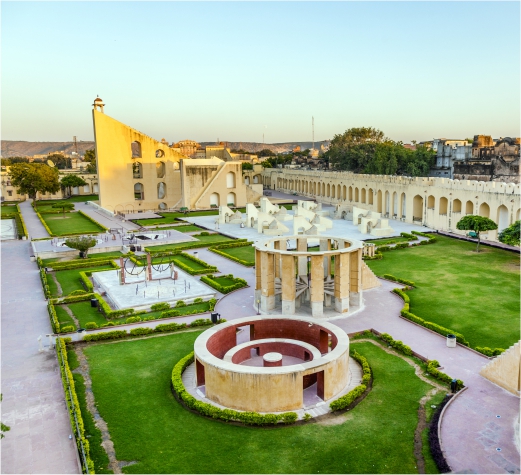
Hawa Mahal
The pink Hawa Mahal, which stands majestically in the crowded Johari Bazaar, is the most recognizable structure in Jaipur. The five-storeyed structure, which is known as the Palace of Wind, lives up to its name with a beautiful honeycomb of latticed windows. The Hawa Mahal, built in 1799 by Maharaja Sawai Pratap Singh, served as a summer retreat for the royal household and was also used by the royal ladies to take in the vibrant atmosphere of Johari Bazaar through the white-framed windows while remaining hidden from the public. It’s interesting how the positioning of the windows is said to resemble Lord Krishna’s crown. Rajasthani miniature art is displayed in the museum inside, and outside are a plethora of stalls selling custom jewellery, leather home décor, and the famed silver jewellery of the area.
The pink Hawa Mahal, which stands majestically in the crowded Johari Bazaar, is the most recognizable structure in Jaipur. The five-storeyed structure, which is known as the Palace of Wind, lives up to its name with a beautiful honeycomb of latticed windows. The Hawa Mahal, built in 1799 by Maharaja Sawai Pratap Singh, served as a summer retreat for the royal household and was also used by the royal ladies to take in the vibrant atmosphere of Johari Bazaar through the white-framed windows while remaining hidden from the public. It’s interesting how the positioning of the windows is said to resemble Lord Krishna’s crown. Rajasthani miniature art is displayed in the museum inside, and outside are a plethora of stalls selling custom jewellery, leather home décor, and the famed silver jewellery of the area.
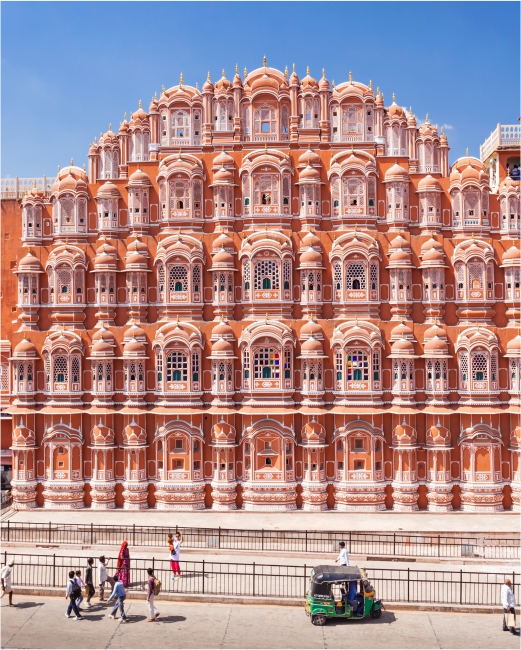
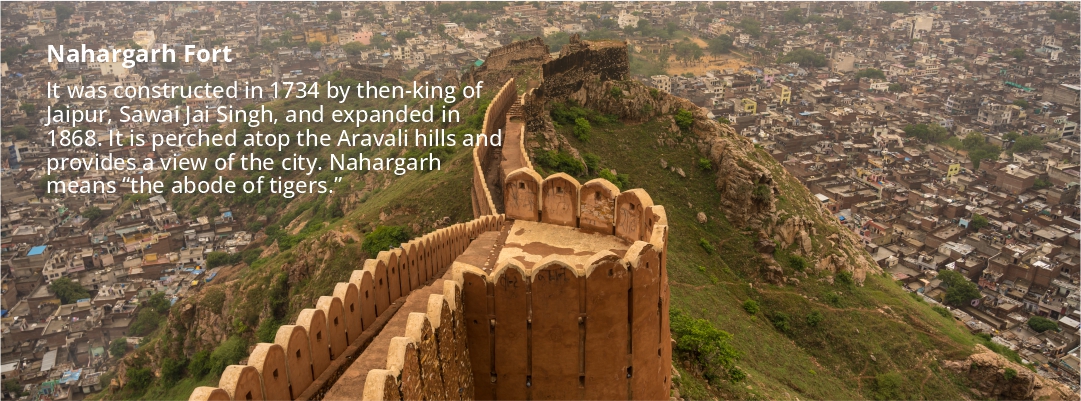

Jaigarh Fort
This fort is located 12 kilometres away in the neighbourhood of Amer, on the outskirts of the city. It stands out on a piece of high land with a large body of water below. It was built in 1726. Cheel Ka Teela, which translates to “Hill of Eagles,” is the common name for this location. In the past, this fort served as the Rajputs’ primary site for producing artillery. The largest cannon on wheel in the world as of 1720 is still on view at the fort. It was manufactured at the foundry in the fort.
This fort is located 12 kilometres away in the neighbourhood of Amer, on the outskirts of the city. It stands out on a piece of high land with a large body of water below. It was built in 1726. Cheel Ka Teela, which translates to “Hill of Eagles,” is the common name for this location. In the past, this fort served as the Rajputs’ primary site for producing artillery. The largest cannon on wheel in the world as of 1720 is still on view at the fort. It was manufactured at the foundry in the fort.
Birla Mandir Temple
The magnificent Birla temple, which was constructed in 1988, is devoted to Laxmi and Lord Vishnu, also known as Narayan. It is situated at the foot of the Moti Doongri hill in south Jaipur and is entirely made of white marble. The temple, which was constructed in tiers, is embellished with exquisite sculptures that tell mythological tales. One piece of marble was used to carve both the idols of Goddess Laxmi and Lord Narayan. There is a sense of tranquillity and harmony here. The temple also contains images and statues of numerous saints, notable historical figures, and philosophers like Socrates and Confucius.
The magnificent Birla temple, which was constructed in 1988, is devoted to Laxmi and Lord Vishnu, also known as Narayan. It is situated at the foot of the Moti Doongri hill in south Jaipur and is entirely made of white marble. The temple, which was constructed in tiers, is embellished with exquisite sculptures that tell mythological tales. One piece of marble was used to carve both the idols of Goddess Laxmi and Lord Narayan. There is a sense of tranquillity and harmony here. The temple also contains images and statues of numerous saints, notable historical figures, and philosophers like Socrates and Confucius.
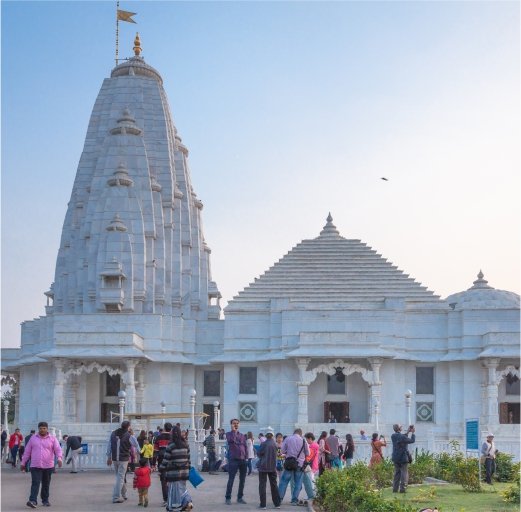
Albert Museum
It serves as Rajasthan’s official state museum and is the oldest museum in the state. It is named after King Edward VII (Albert Edward), who laid the foundation stone of the building. It was opened as a museum in the year 1887. The museum has a remarkable collection from all over the world, including an Egyptian mummy.
It serves as Rajasthan’s official state museum and is the oldest museum in the state. It is named after King Edward VII (Albert Edward), who laid the foundation stone of the building. It was opened as a museum in the year 1887. The museum has a remarkable collection from all over the world, including an Egyptian mummy.
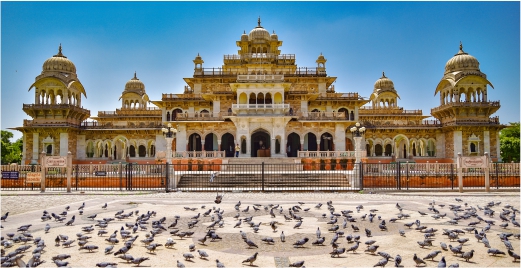

City Palace
It was constructed in 1727 by Sawai Jai Singh II, who is also credited with founding the city. The most well-known tourist destination in the city is the fort, which is as old as the city itself. The final ruling royal family continues to reside in the magnificent and majestic building. The palace was extended on both sides by later rulers. A large collection of royal artefacts and possessions, including their attire and weapons from the fifteenth century, are on display in a museum inside the palace. The well-maintained palace has stunning wall paintings as well.
It was constructed in 1727 by Sawai Jai Singh II, who is also credited with founding the city. The most well-known tourist destination in the city is the fort, which is as old as the city itself. The final ruling royal family continues to reside in the magnificent and majestic building. The palace was extended on both sides by later rulers. A large collection of royal artefacts and possessions, including their attire and weapons from the fifteenth century, are on display in a museum inside the palace. The well-maintained palace has stunning wall paintings as well.
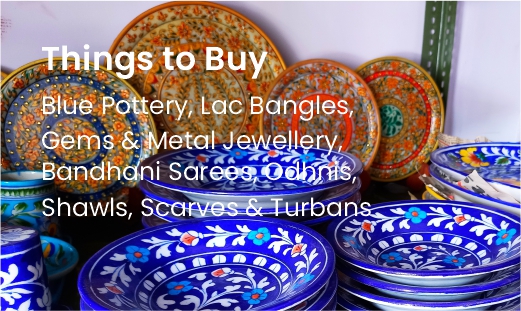
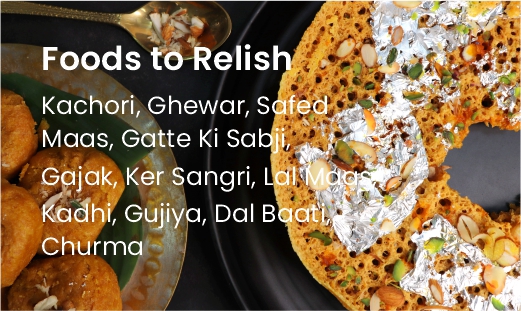
-
Destination



